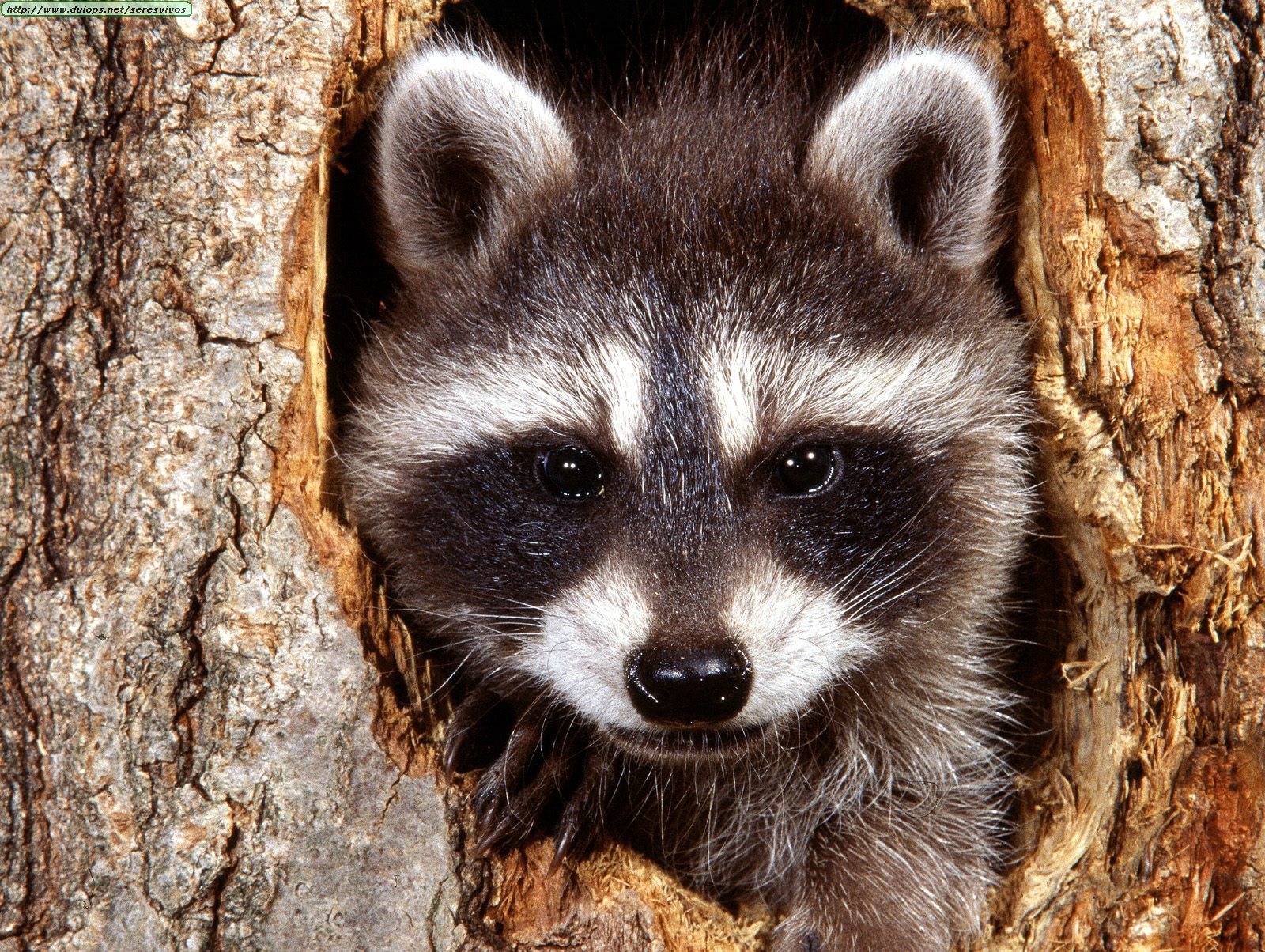Understanding The Fascinating World Of Mapaches: A 2024 Guide
Introduction to the Mapache
Mapaches, commonly known as raccoons, are intriguing creatures that have captured the attention of many wildlife enthusiasts. Their distinctive black masks and ringed tails make them easily recognizable. These nocturnal mammals are native to North America and are known for their intelligence and adaptability. In recent years, mapaches have become a subject of interest not only for biologists but also for urban planners as they increasingly inhabit urban areas. This article will delve into various aspects of mapaches, from their behavior and habitat to tips on coexisting with them, providing a comprehensive guide for 2024.
The Biology and Behavior of Mapaches
Mapaches are medium-sized mammals characterized by their dexterous front paws and omnivorous diet. They possess a keen sense of touch, which is enhanced by the water, making them excellent foragers. Typically, a mapache's diet includes fruits, nuts, insects, and small animals, but their adaptability allows them to thrive on human food waste as well. These creatures are social animals and often live in groups, especially females with their young. Mapaches communicate through a series of vocalizations and body language, which plays a crucial role in maintaining their social structures.
Adaptability of Mapaches
One of the most remarkable traits of mapaches is their adaptability. They have managed to thrive in diverse environments ranging from forests to urban landscapes. This adaptability is largely due to their intelligence and problem-solving abilities. Mapaches can open latches, jars, and even complex locks, which is why they are often found rummaging through trash cans in suburban areas. Their ability to adapt to human environments has made them both a marvel and a nuisance, depending on the perspective.
Mapaches in Urban Areas
As urbanization continues to encroach on natural habitats, mapaches have increasingly been spotted in cities and towns. This urban migration is not without challenges. While some urban dwellers appreciate the presence of these furry neighbors, others find them to be pests. Mapaches can cause significant damage to property and gardens, and their foraging habits can lead to overturned trash bins and scattered waste. Understanding their behavior is crucial for developing strategies to coexist peacefully with these creatures in urban settings.
Tips for Coexisting with Mapaches
For those living in areas where mapaches are prevalent, there are several strategies to mitigate potential conflicts. First and foremost, securing trash bins with raccoon-proof lids can prevent them from accessing food. Additionally, removing outdoor food sources such as pet food bowls and bird feeders at night can deter mapaches from visiting your property. Installing motion-activated lights or sprinklers can also be effective in discouraging nocturnal visits. It's important to remember that mapaches are protected by wildlife laws in many areas, so humane methods are the best approach.
The Role of Mapaches in the Ecosystem
Mapaches play a significant role in their ecosystems as both predators and prey. They help control populations of insects and small rodents, contributing to the ecological balance. Furthermore, by dispersing seeds through their scat, mapaches aid in plant propagation, which is beneficial for forest regeneration. Understanding their ecological importance can foster appreciation and efforts to conserve their natural habitats. As with any wildlife, maintaining biodiversity is essential for a healthy ecosystem.
Mapaches and Human Interaction
Interactions between humans and mapaches can be both fascinating and challenging. While some people enjoy observing these clever creatures, others may find them troublesome. Educating communities about mapache behavior and ecology can promote coexistence and reduce negative encounters. Wildlife rehabilitators often play a crucial role in rescuing and rehabilitating injured mapaches, emphasizing the importance of compassion and understanding in human-wildlife interactions.
Mapaches in Popular Culture
Mapaches have found their way into popular culture, often depicted as mischievous and clever animals. They have been featured in movies, television shows, and literature, contributing to their notoriety. This portrayal, while sometimes exaggerated, is rooted in their real-life behavior and intelligence. Understanding the cultural significance of mapaches can enhance our appreciation for these creatures and their role in storytelling and folklore.
Conservation Efforts for Mapaches
As urban sprawl and habitat destruction threaten wildlife, conservation efforts for mapaches are becoming increasingly important. Wildlife organizations and conservationists are working to preserve natural habitats and promote coexistence strategies. Public awareness campaigns and educational programs aim to foster a better understanding of these animals and the challenges they face. Supporting such initiatives can ensure that future generations continue to enjoy the presence of mapaches in the wild.
Conclusion: Embracing the Mapache
Mapaches are remarkable creatures that have adapted to a wide range of environments, including urban areas. Their intelligence and resourcefulness make them both fascinating and challenging to coexist with. By understanding their behavior and ecological role, we can develop strategies to live harmoniously with these animals. Whether you're a wildlife enthusiast or an urban dweller encountering mapaches in your backyard, appreciating their place in the natural world is essential. As we move forward in 2024, embracing the presence of mapaches can enrich our connection to nature and inspire efforts to protect wildlife for future generations.
Article Recommendations
- Exploring The Multifaceted Career Of April Bowlby A 2024 Insight
- Brielle Biermann Unveiling The Life And Journey Of A Social Media Sensation In 2024
- Unveiling The Inspiring Journey Of The Man With One Arm


